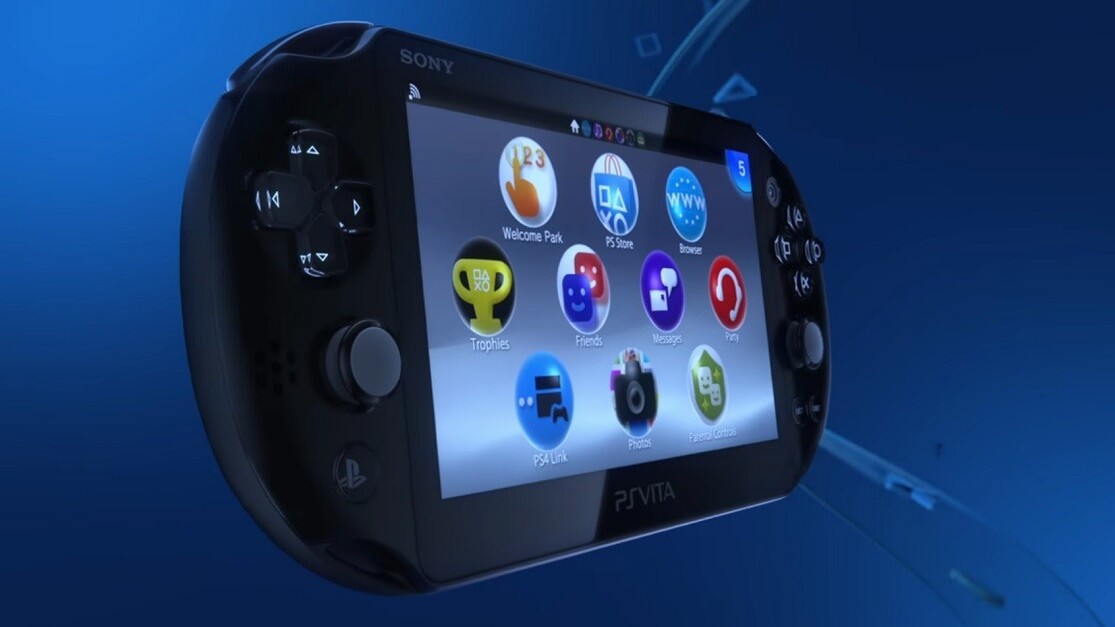
Sony’s little-loved handheld, the Vita, is rumored to be winding down, and the gaming world will be lesser for its absence.
Earlier today, TechSpot reported the Spanish PlayStation Twitter said the Vita had been discontinued in its region. Sony earlier this year announced that, starting March 2019, it would no longer be offering Vita games via its PS Plus subscription service. If the device isn’t dead already, the prospects of the now-seven-year-old handheld are certainly looking grim.
The market for the Vita has never been very good. Compared with the industry-altering success of the Nintendo 3DS and Switch, the Vita hasn’t had the same lasting impact. In 2016, TechRadar reported the console enjoyed more popularity in Japan, but I suspect that has dwindled with the release of the Switch, of which 3.4 million units were sold in 2017 in that country alone.
Shawn Layden, head of Sony Interactive Entertainment America, told TIME in 2017:
To be honest, the Vita just didn’t reach critical mass in the U.S. or Western Europe. I don’t know if it was that it was more technology people had to carry around, or more things to charge, or whether their phone or tablet were taking care of that. But once the content slowed in that pipeline, it became hard to keep the Vita as a going concern.
It’d be a shame to kill off a handheld that had — and still has — great potential that Sony hasn’t fully taken advantage of.
While it’s not as kid-friendly as its direct competitor, the Nintendo Switch, the Vita does have similar advantages. It can be used to play PS4 games away from a television, for starters. It’s also much more portable than the Switch — I have both and a smallish handbag, and the Vita is much more likely to accompany me on a trip to the smoothie shop.
The Vita also has a benefit that its weightier Sony brothers don’t: you can play older games on it — specifically, the PS One and PSP games it offers on the Vita’s marketplace. I’ve used my Vita to play, among others, Symphony of the Night, Resident Evils 2 & 3, Parasite Eve, the original God of War, and any number of other games.
In a market saturated with “classic” consoles that play a selection of games no longer readily available elsewhere (see also: the NES Classic, the SNES Classic, the Atari VCS, and the recently-announced Sega Drive Mini), this feature of the Vita is vastly underhyped.
While Jim Ryan, Sony’s global sales chief, is on record saying that backwards compatibility is “one of those features that is much requested, but not actually used much,” the prevalence and popularity of these consoles would seem to indicate the opposite.
Sony has made an effort to bring its older franchises forward, but so far they’ve been stopgaps. Sure, Sony has remade Crash Bandicoot and is releasing an updated Spyro collection for the PS4, but remastering isn’t an option for all of the PlayStation’s nearly 8,000 games.
If you don’t want to use an emulator — and there are a lot of gamers who either can’t or don’t wish to — then the Vita offers a more legitimate outlet for PS One fans to relive at least some of the older console’s glory days.
Whether or not Sony officially kills off the Vita this year, I think it’s fair to say this older handheld is starting to reach the end of its life. And that’s a pity, considering Sony still hasn’t used it to the fullest.
The Next Web’s 2018 conference is almost here, and it’ll be ??. Find out all about our tracks here.
Get the TNW newsletter
Get the most important tech news in your inbox each week.